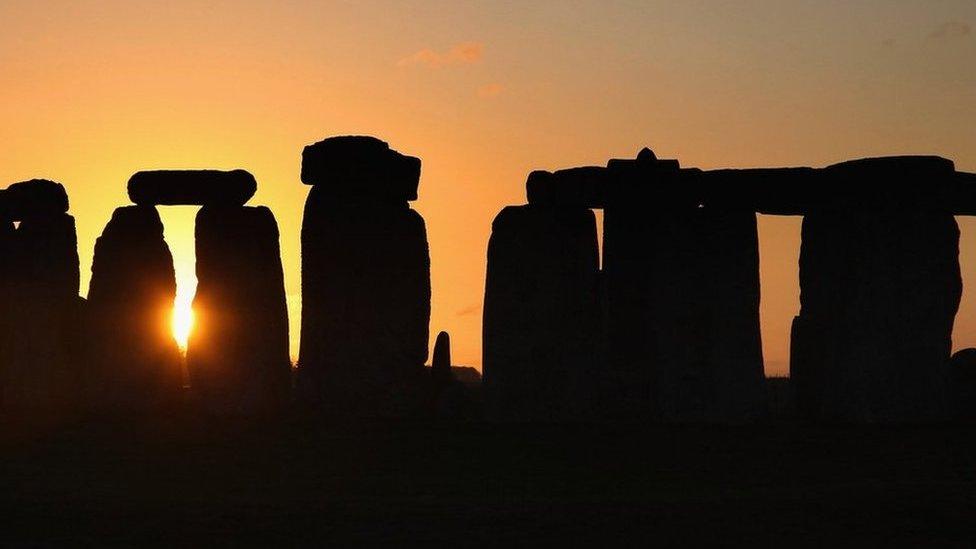Summer solstice 2024: What is it and how is it celebrated?
- Published

The summer solstice is the longest day of the year - it's the day of the year that we get the most amount of sunlight.
In the northern hemisphere (where the UK is) it happens on Thursday 20 June.
The summer solstice marks the end of spring and the official start of summer.
Solstice comes from the Latin word 蝉艒濒蝉迟颈迟颈耻尘.
It's made up of 蝉艒濒 which means "sun," and sistere which means "to stand still."
What makes the solstice the longest day of the year?
We get the most hours of daylight on this day because of the position of the Earth in relation to the Sun.
It happens when the Earth's geographical pole - on either the northern or southern hemisphere - becomes most inclined towards the Sun.
When the summer solstice takes place in the northern hemisphere, the Sun will reach its highest possible point. For the UK, this will happen at 9:50PM.
Why do we have seasons?
Because of this, the day ends up being the sunniest day of the year. Even if it's wet or cloudy that day, we will technically get the most amount of sun.
Because the Earth turns on a slight tilt, the amount of sunlight that reaches different areas of Earth changes throughout the year, as we orbit the Sun.
The axis is the point at which the Earth turns - ours isn't perfectly straight up, so the Earth rotates at a tilt.
Why doesn't the Sun set in some parts of the world?
This is midnight on the Summer solstice 2018 in a bay in the 脜land Islands, archipelago between Finland and Sweden
Around the time of the summer solstice, areas of Norway, Finland, Greenland, Alaska and other polar regions experience midnight sun - or 24-hours of sunlight.
In the Arctic Circle, the Sun does not set at all. This is because of the tilt in the Earth's axis.
How is the summer solstice celebrated?
Summer solstice is celebrated by thousands of pagans across the world.
Many gather at Stonehenge, which is believed to have been used as an important religious site by early Britons some 4,000 years ago.
On the summer solstice, the central Altar stone at Stonehenge aligns with the Heel stone, the Slaughter stone and the rising Sun to the north east.
Every year, lots of people gather to celebrate the solstice, with pagan songs and dancing.
- Published16 April 2020
- Published3 June 2020
- Published19 February 2019
- Published11 December 2023
- Published22 September 2023
